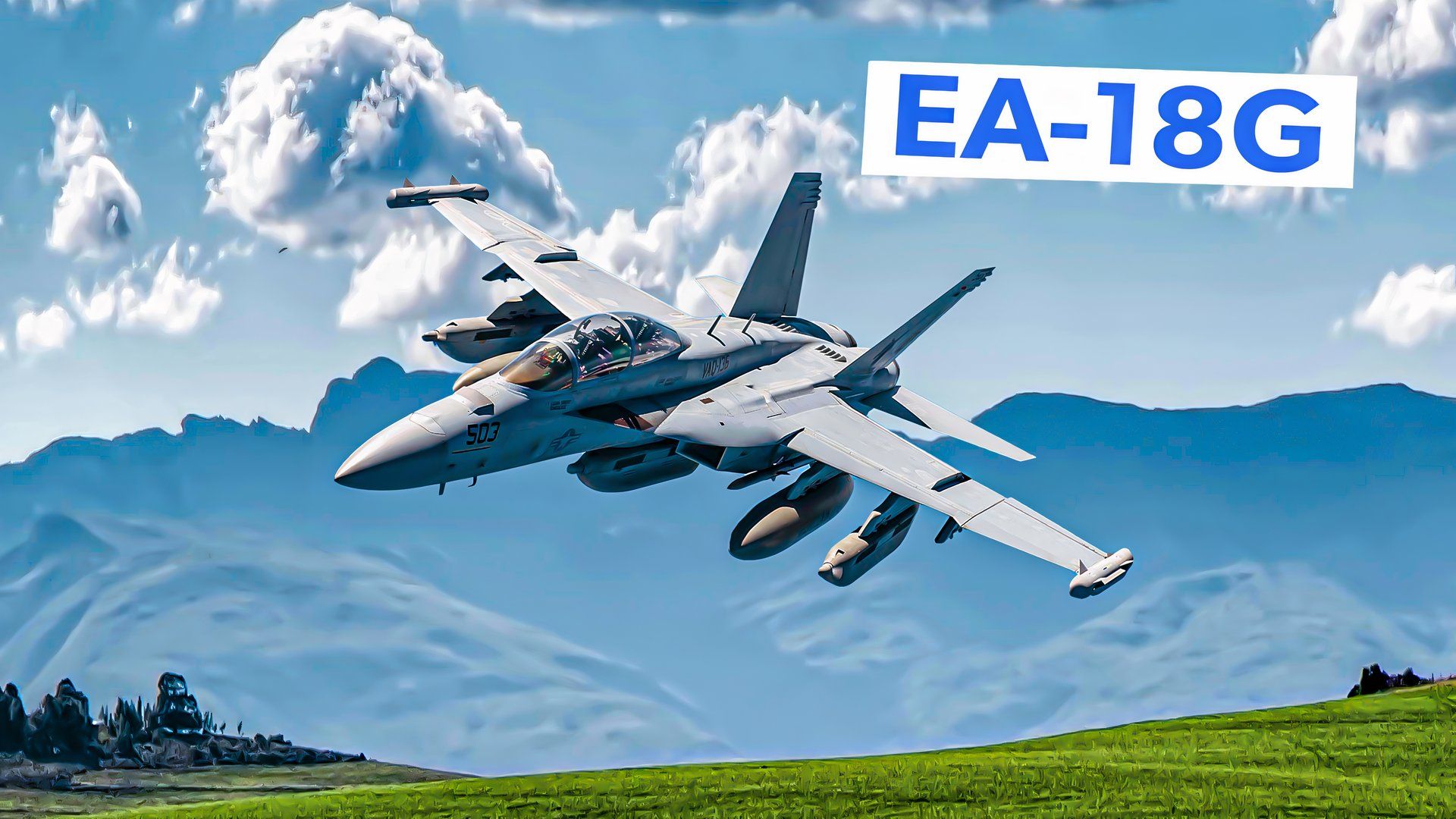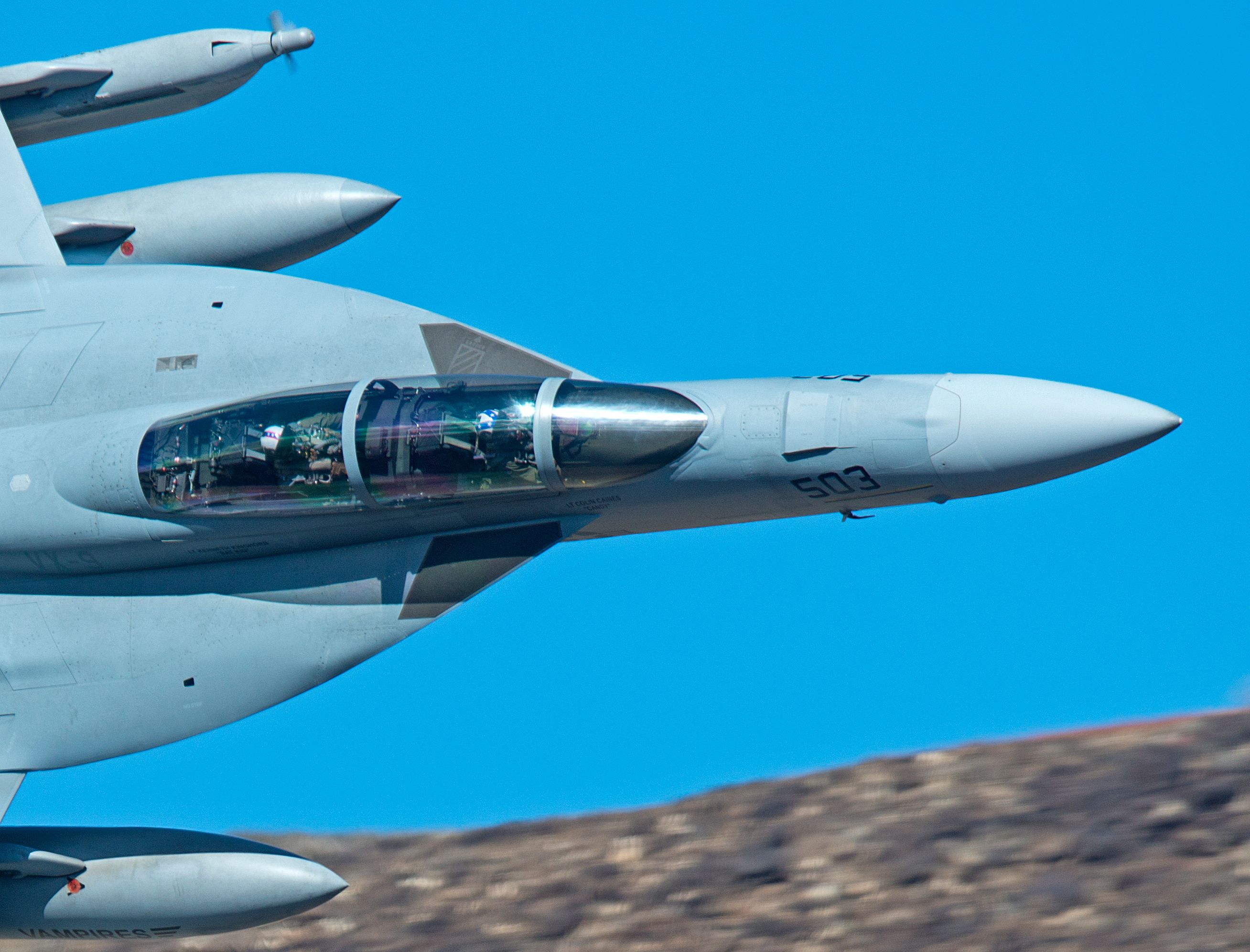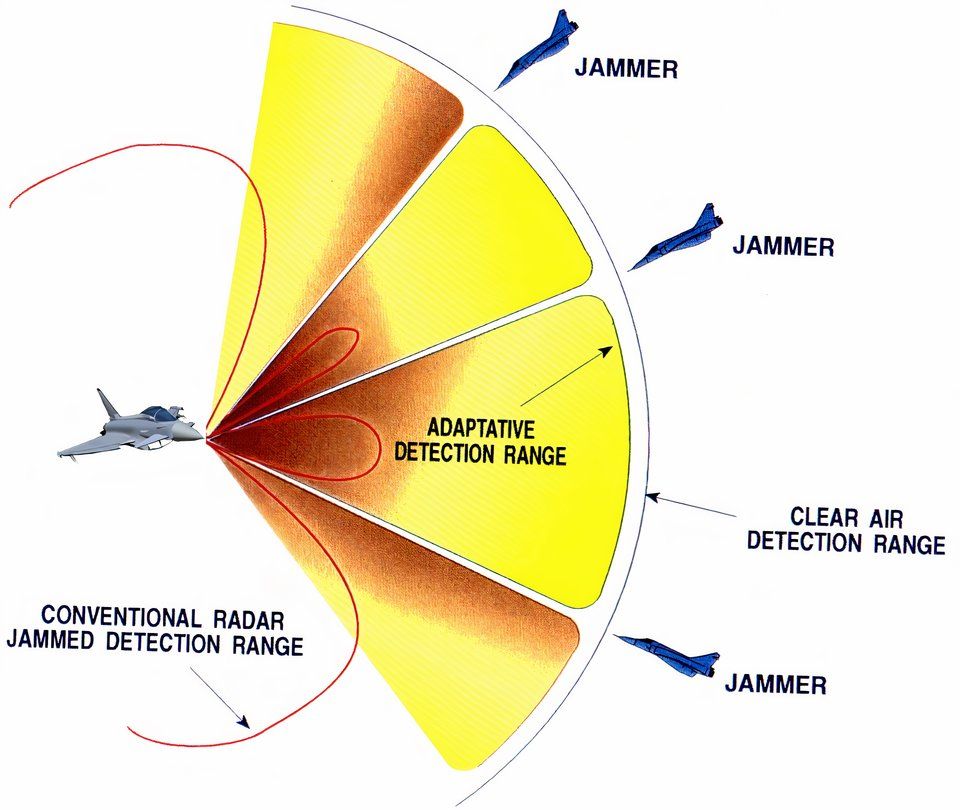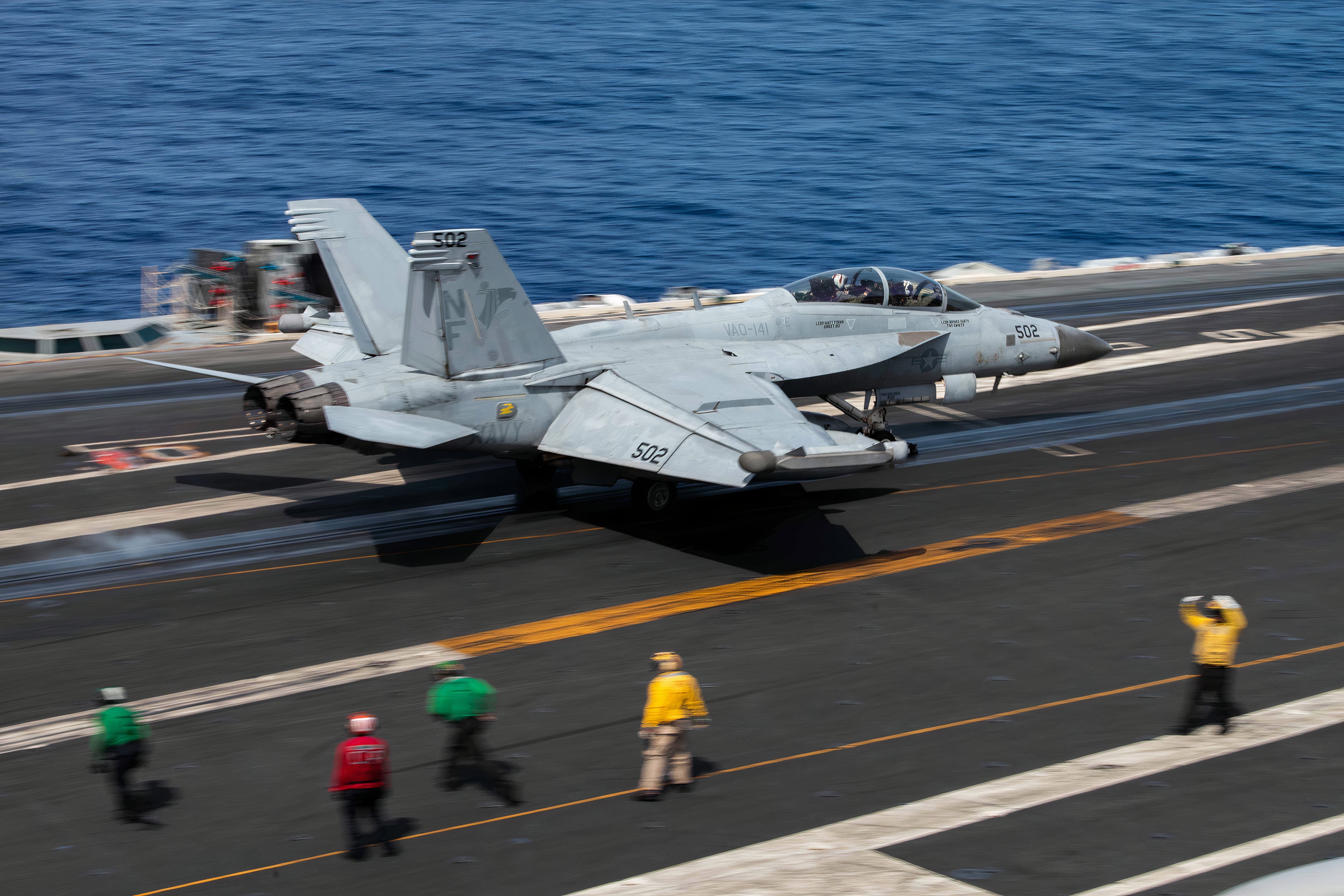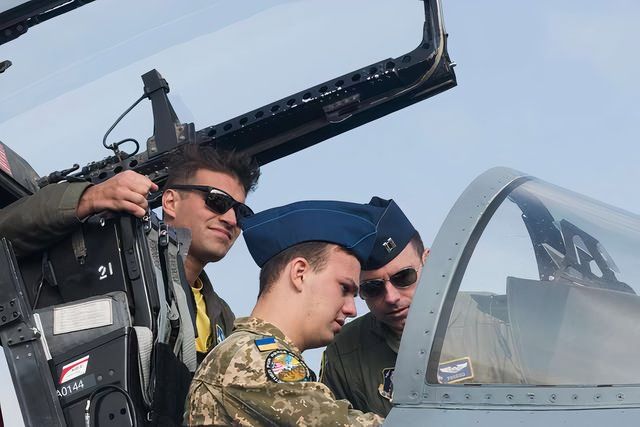The EA-18G Growler is the most advanced airborne electronic attack platform, providing tactical jamming and electronic protection to US military forces and allies. It is a variant of the combat-proven
F/A-18F Super Hornet
. The US Navy has been investing in Growler’s capabilities for decades.
The Growler test aircraft, first produced in 2004, was delivered to Electronic Attack Squadron VAQ 129 in 2008, and its first operational capability followed in 2009. The Growler has been used globally for major and rapid reaction action, with its first operational mission in Libya in 2011.
It brings fighter aircraft speed and maneuverability to an electronic attack aircraft capable of locating, recording, and digitally jamming enemy communications. It is designed to self-protect against adversarial aircraft through improved radar image resolution, targeting, and tracking range. It provides uninterrupted radio communications in a heavily jammed environment.
Photo: Peter R Foster IDMA I Shutterstock
The aircraft shares over 90% of the standard Super Hornet design, offering high reliability and lower operating costs. It is operated by two crew, one Pilot and one Weapon Systems Officer, under superior aircrew situational awareness and head-up control of aircraft targeting systems using its Joint Helmet-Mounted Cueing System.
|
Dimension |
Specification |
|---|---|
|
Wingspan |
44 ft 8.5 in (13.62 m) |
|
Length |
60 ft 1.25 in (18.31 m) |
|
Height |
16 ft 0 in (4.88 m) |
Its range during combat exceeds 850 NM (978 mi, 1574 km) and carries full armament with two 480-gallon external fuel tanks. Growler Block II is developing additional improvements, such as the Advanced Cockpit System and Airborne Electronic Attack suite. These improvements aim to outpace current threats and maintain the lead throughout its planned lifecycle.
|
Feature |
Specification |
|---|---|
|
Maximum speed |
1.8 Mach (1,381 mph, 2,223 km/h) |
|
Airborne Integrated Jamming System |
EDO Corporation AN/ALQ-99 |
|
Active electronically scanned array AESA radar |
Raytheon AN/APG-79 |
Boeing has been awarded a $95.8 million contract to provide testing and installation support for the Next Generation Electronic Attack Unit. The contract includes developmental and operational testing. Boeing will also produce and deliver 25 NGEAU A-Kits, 25 Gunbay Pallet A-Kits, 15 NGEAU B-Kits, and nine spare B-Kits.
|
Feature |
Specifications |
|---|---|
|
Primary Function |
Airborne Electronic Attack |
|
Manufacturer |
|
|
Engines |
Two General Electric |
|
Crew |
Two |
|
Armament |
Two AIM-120, two AGM-88 HARM, three ALQ-99 TJS |
The USA’s electronic attack fighters, the
EA-6B Prowlers
, are nearly obsolete due to their age and performance limits. The EA-18G might be the only dedicated electronic warfare aircraft in the future, with an ALQ-218 receiver, ALQ-99 jamming pods, and satellite communications. Despite their limitations, the EA-6B Prowlers remain used on the front lines.
The making of electronic attack fighters
The US Navy has ordered 57 aircraft to replace its in-service EA-6B Prowlers, with approval for the EA-18G program beginning in 2007. The Navy planned to buy around 85 aircraft in 2008, with full-rate production expected in 2009.
In December 2011, the EA-18G software was considered operationally effective and suitable. In 2014, the Navy plans to modify the production contract with Boeing to slow production from three to two Growlers per month and purchase an additional 15 Growlers.
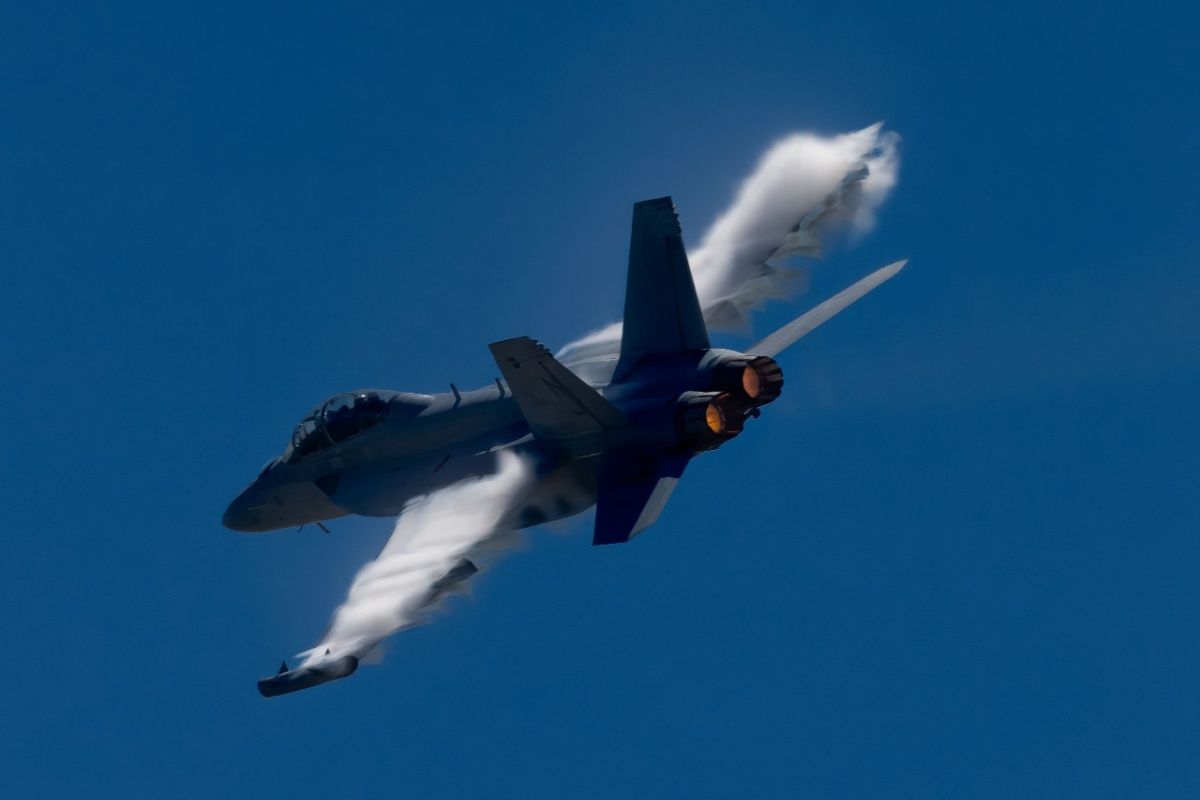
US Navy’s Next-Generation Jammer For EA-18G Growlers IOC Ready By September
Growlers are set to finally achieve initial operating capability with their advanced next-generation jammers by the end of September.
The Game-changer’s advancements
The Growler’s electronic attack systems use various functioning arrays to attack adversaries from all angles. These systems can move assignments from one set of arrays to another, ensuring efficient communication and delivery of payloads.
This autonomy is crucial for fire control radar systems, as they can perform tasks around the platform while making turns. Including sensors and other components in these systems contributes to effective defense. Active Electronically Scanned Array AESA can perform various tasks differently than steerable arrays, making them ideal for electronic attack systems.
Active Electronically Scanned Arrays AESA are phased array systems consisting of antennas that form a beam of radio waves that can be aimed in various directions.
Electronic attack involves the ability to attack multiple simultaneous targets with various techniques using the same AESA array. This allows for quick movement between targets, allowing threat radar to be unaware of the attacker’s movements. This capability can be multiplied across platforms, including multiple types of aircraft.
Electronic attacks can increase the system’s capacity by working together, enabling joint combat against potential threats. This approach can be applied to various aircraft types, enhancing overall capabilities.
The Game-changer protects the aircraft formation flying with it by preventing adversary radar from detecting the formation. This allows an aircraft to fly at a lower level and drop targets more accurately, reducing the platform’s detection range and protecting it from air-to-air threats.
Reducing adversary radar from seeing inbound weapons until they get close to a target can provide an excellent combat advantage. This reduces the number of weapons needed to fire, increasing the magazine depth and allowing for better attack capabilities. It also allows for more effective weapon support with air missiles’ defensive capability.
Photo: USN
The global impact of electronic warfare dominance
The Growler was first deployed in February 2011, with 48 delivered to the US Navy
. The EA-18G was used in combat during Operation Odyssey Dawn to enforce the UN no-fly zone over Libya in 2011. The Growler was used in Operation Prosperity Guardian, where it successfully destroyed targets in Yemen using an Anti-Radiation Guided AARGM AGM-88E missile, conducting seven strikes and nearly 700 combat sorties.
Boeing secured a contract for 12 Growlers for the
Royal Australian Air Force
RAAF under a Foreign Military Sales agreement in 2014, making Australia the first country to receive advanced technology. Boeing is also considering exporting a Growler Lite configuration for electronic warfare purposes.
The Growler achieved its first air-to-air kill over the Red Sea during a nine-month deployment of the US Navy’s Electronic Attack Squadron 130 (VAQ-130) aboard the
USS Dwight D. Eisenhower
to degrade the threat to shipping traffic. The Growlers were tasked with defending both commercial and military ships from missiles and suicide UAVs fired by Houthi terrorists in Yemen. The deployment concluded on 14 July 2024.
EA Warfare in the Russia-Ukraine War
The 2022 Russian-Ukraine war saw Russian EW disrupt Ukraine’s air defense radars and communications, causing severe damage to Ukrainian ground-based systems. Rapid Russian advances hindered EW support, but extensive jamming infrastructure was deployed by late March and April 2022.
Electronic suppression of GPS and radio signals led to significant losses of Ukrainian UAVs, affecting their intelligence and artillery fire spotting. Small quadcopters had an average life expectancy of three flights, while larger fixed-wing UAVs (
Bayraktar TB2
) had an average life expectancy of six. By the summer of 2022, only one-third of Ukrainian UAV missions were successful, with a total of 10,000 drone losses. Later, Ukraine destroyed three systems that were hit in June, February, and March 2024.
Photo: Airman 1st Class Christopher S. Sparks | DVIDS
The Pentagon plans to send six US Navy EA-18G Growlers to Germany but will not use them in Ukraine. However, this presents an opportunity for Ukraine to acquire air supremacy and to help
Ukraine’s F-16
s penetrate Russia’s front lines.
![7064667 - Wireless capable ruggedized laptops enhance maintenance capabilities [Image 1 of 5]](https://static1.simpleflyingimages.com/wordpress/wp-content/uploads/2024/06/7064667.jpg)
Related
USAF Set To Hit Rapid Electronic Warfare Updates Breakthrough
The US Air Force is working to update all its platforms in three hours or less because “data is the weapon.”
